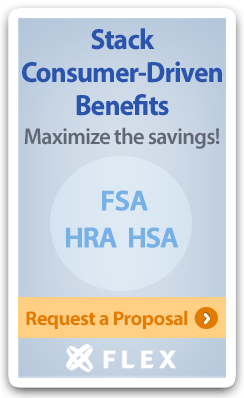Benefits Buzz
Updated Form 8889, Revised Publication 502 & 2020 Payment Parameters Released

Agency officials were busy last week releasing updated forms and publications while also proposing new rules that would generally impact health plans in 2020. Here are three important releases which are now available:
Form 8889
The Internal Revenue Service (IRS) released Form 8889 and supporting instructions for 2018 tax reporting purposes. Form 8889 requires taxpayers with Health Savings Accounts (HSAs) to report certain information, including information about contributions and distributions. While Form 8889 has been updated, it is very similar to last year’ s version. Form 8889 must be attached with Form 1040, which is the primary tax form completed by individuals filing their personal tax return. The IRS will begin accepting tax returns on January 29th. The deadline to submit taxes is April 17th unless an extension is requested.
Publication 502
The IRS also released Publication 502 for 2018 tax reporting purposes. Publication 502 outlines the medical and dental expenses that individuals may deduct on their tax return. Individuals can generally deduct medical and dental expenses that exceed 7.5% of their adjusted gross income. The deductions are claimed on Schedule A of Form 1040.
Publication 502 is also used as a great starting point when determining if an expense may be reimbursable under a Flexible Spending Account (FSA), Health Reimbursement Arrangement (HRA), or Health Savings Account (HSA). While Publication 502 provides guidance as to what constitutes a medical expense under IRS Code § 213(d), it should not be solely relied upon when determining if an expense is reimbursable under an FSA, HRA, or HSA. These accounts have their own rules and may not allow for the reimbursement of some of the medical and dental expenses that are included in Publication 502.
Notice of Benefit and Payment Parameters for 2020
Each year, the Department of Health and Human Services (HHS) proposes rules that would change or modify certain provisions of the Affordable Care Act (ACA). HHS has released a fact sheet which summarizes the proposed changes for 2020. Two of the changes would impact out-of-pocket maximum limits:
-
The maximum out-of-pocket limits are proposed to increase to $8,200 (up $300 from 2019) for single coverage and $16,400 (up $600 from 2019) for family coverage.
- Health insurance issuers and self-insured group health plans could except certain cost-sharing from the maximum out-of-pocket limit if a consumer selects a brand name prescription drug when a medically appropriate generic prescription drug is available. For example, if a plan had a $10 copay for generic drugs and a $50 copay for brand drugs, the plan could only apply $10 to the out-of-pocket maximum limit if a person chose the brand name prescription drug.
The Notice of Benefit and Payment Parameters are currently open for public comment.

